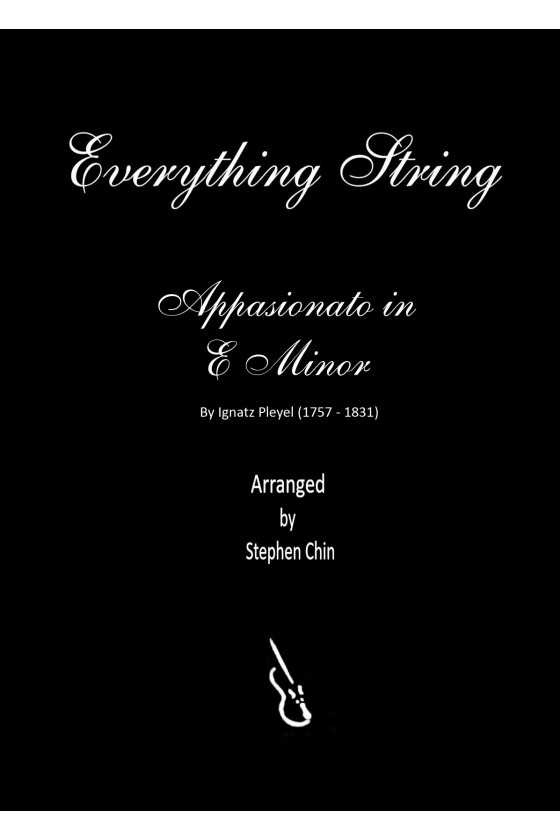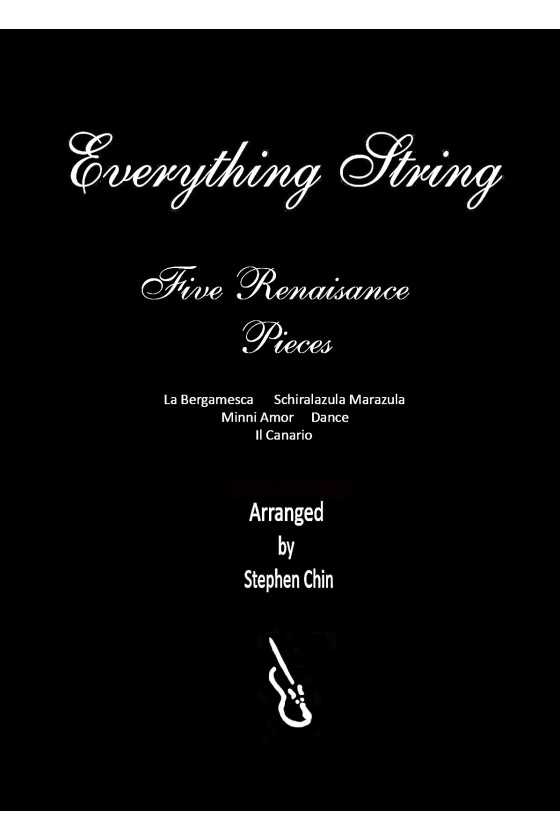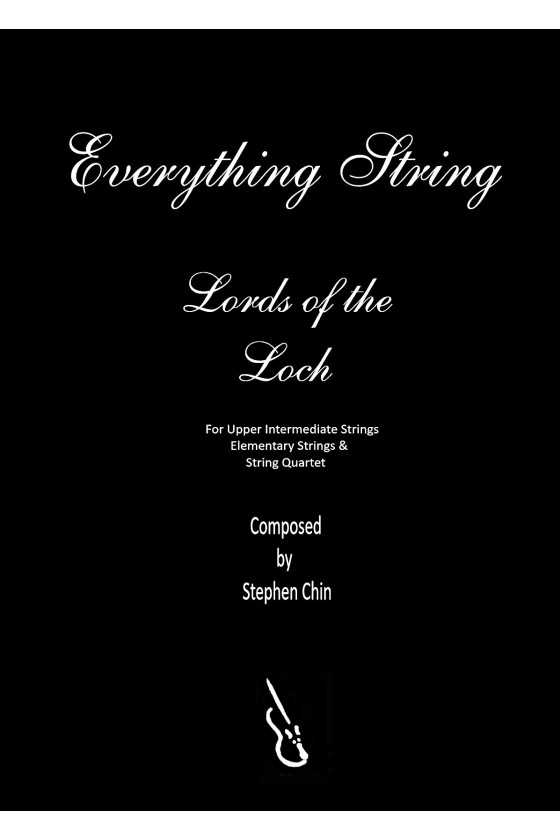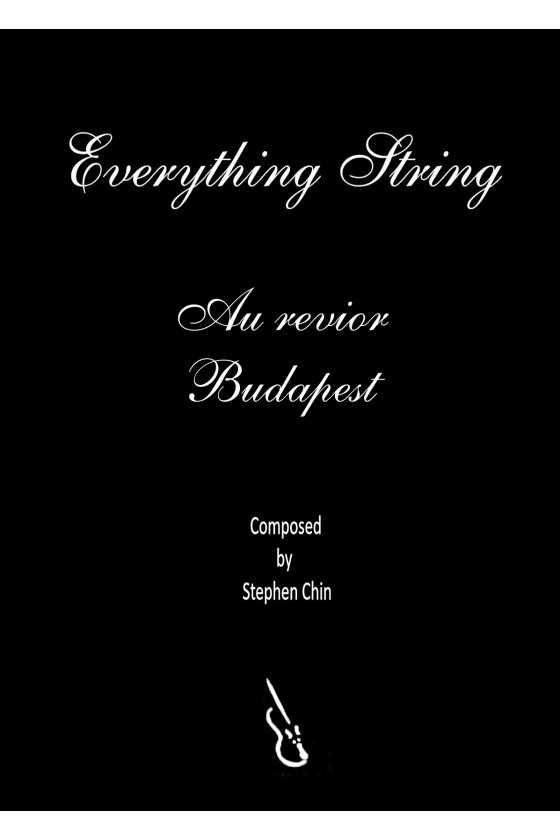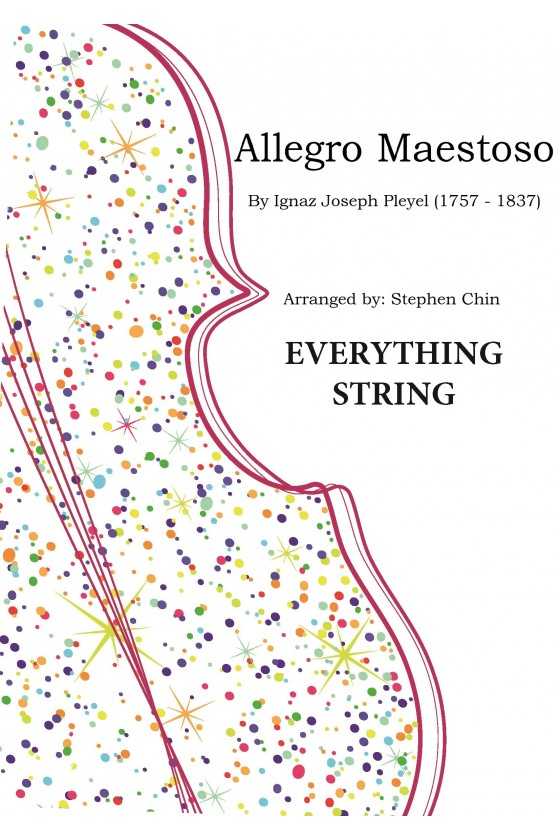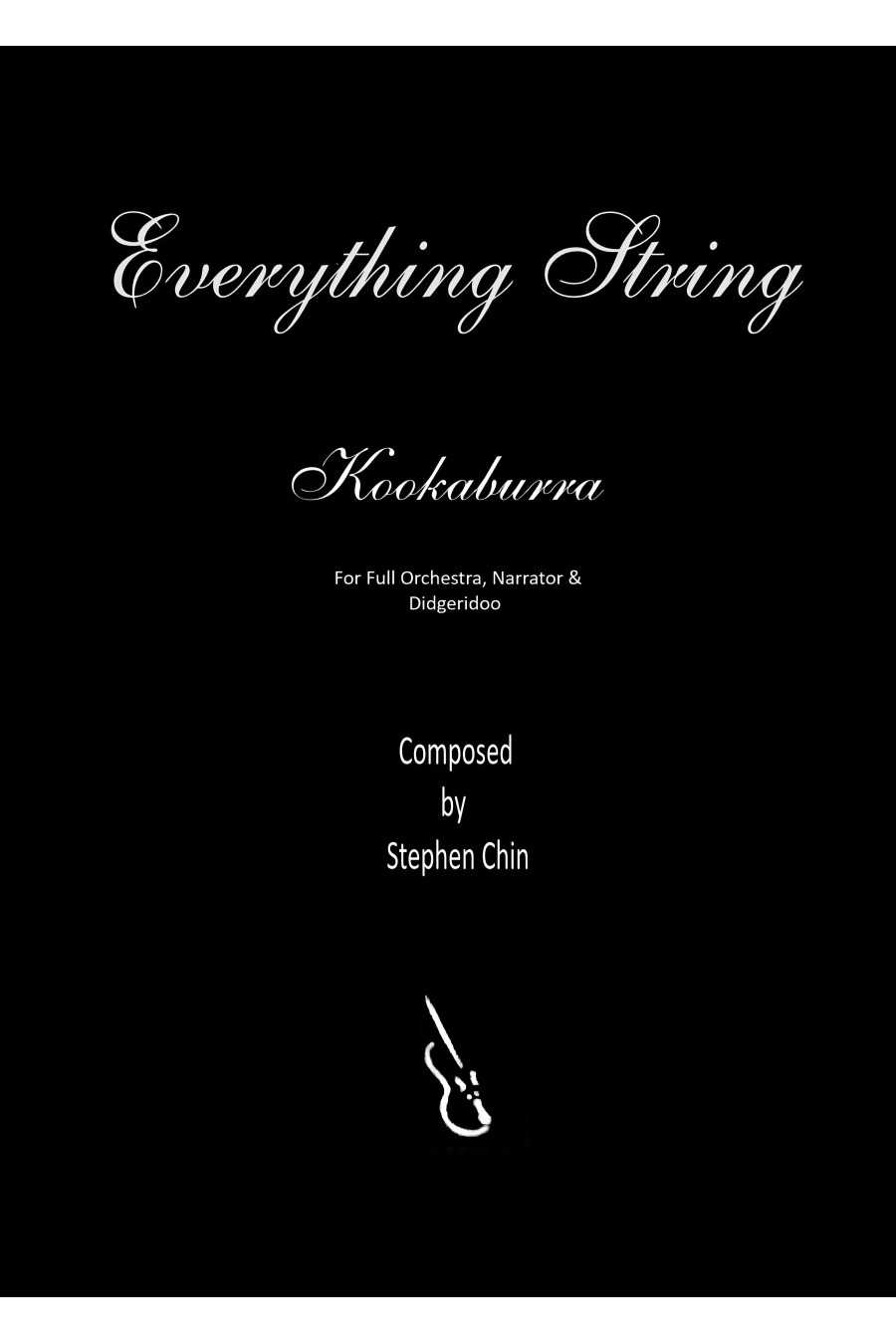
Appassionato In E Minor By Pleyel Arr. Stephen Chin
Pleyel, a renowned musician and entrepreneur in early 19th century Paris, wrote a beautiful piece for two violins in the late Classical style. The piece follows the sonata form and features a brooding first theme contrasted with an impish second theme played in staccato quavers. The movement ends with a lively duel between the violins, adding vibrancy and passion to the piece. Your orchestra will love it!
For String Orchestra Grade 3.5



